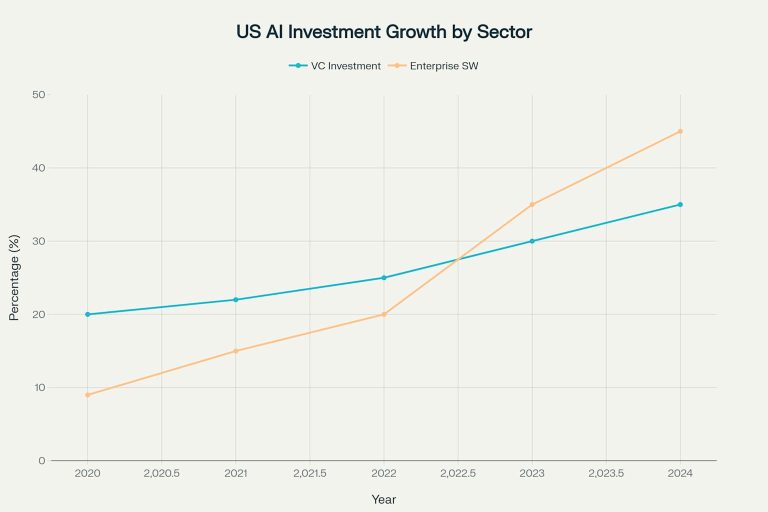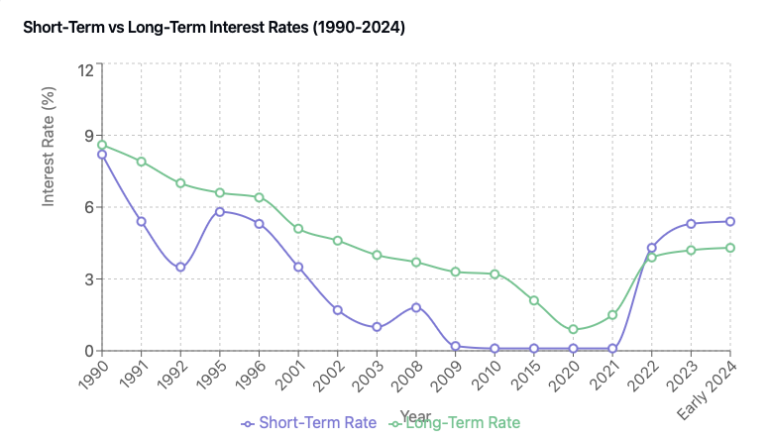How To Use LLMs Like Gemini & ChatGPT for Stock Research
The world of stock investing can feel overwhelming, especially for retail investors navigating a sea of data, news, and analysis. But what if you had an incredibly knowledgeable research assistant available 24/7? Enter Large Language Models (LLMs) – powerful AI like Google’s Gemini and OpenAI’s ChatGPT – which are rapidly changing how we access and process information. While not crystal balls, LLMs can be valuable tools to enhance your stock analysis process, making it more efficient and insightful.
This post will explore how individual investors can responsibly integrate LLMs into their stock research workflow, transforming complex data into actionable insights. For a broader look at AI’s role, you might also find this article on AI-Powered Industry Analysis interesting.
What Exactly Are LLMs (in Simple Terms)?
Think of LLMs as highly advanced AI systems trained on vast amounts of text and code. Their core strength lies in understanding and generating human-like text. They can:
- Summarize long documents (like earnings reports or news articles).
- Answer complex questions in plain language.
- Translate languages.
- Generate creative text formats (though less relevant for pure analysis).
- Explain intricate concepts.
- Even write basic code.
For investors, this means having a tool that can quickly digest financial information, explain jargon, and even help structure your research.
How LLMs Can Assist Your Stock Analysis Journey
LLMs aren’t here to replace your judgment or guarantee profits, but they can significantly streamline various aspects of your research:
- Rapid Information Gathering & Summarization:
- The Challenge: Sifting through lengthy earnings reports, transcripts, SEC filings (like 10-Ks), and countless news articles for key information is time-consuming.
- LLM Solution: You can ask an LLM to summarize these documents. For example:
- “Summarize the key takeaways from Apple’s latest quarterly earnings report.”
- “What were the main points discussed in the recent earnings call for MSFT?”
- “List the major risk factors mentioned in Google’s most recent 10-K filing.”
- “Summarize recent news articles about Semiconductor industry”
- Benefit: Saves hours of reading, allowing you to quickly grasp the essential points and decide where to focus your deeper analysis.
- Demystifying Financial Jargon and Concepts:
- The Challenge: Finance is full of acronyms and complex terms (P/E ratio, ROE, EPS, DCF analysis, etc.). Understanding these is crucial for informed decisions.
- LLM Solution: Use the LLM as a financial dictionary and tutor.
- “Explain the Price-to-Earnings (P/E) ratio like I’m a beginner.”
- “What is Return on Equity (ROE) and why is it important for investors?”
- “Compare and contrast fundamental analysis and technical analysis.”
- “Explain how a discounted cash flow (DCF) model works.”
- Benefit: Accelerates your learning curve and builds confidence in understanding financial statements and analysis methods.
- Gauging Market and Stock Sentiment:
- The Challenge: Understanding the general mood surrounding the market or a specific stock can provide context, though it shouldn’t be the sole basis for decisions.
- LLM Solution: While direct real-time sentiment analysis might require specialized tools, you can ask LLMs to summarize sentiment based on recent news.
- “Based on recent news headlines, what is the general sentiment towards [Company Name]?”
- “Summarize analyst opinions on [Ticker Symbol] from articles published in the last month.”
- “Are there any major concerns being raised about the [Industry Name] industry recently?”
- Benefit: Provides a quick pulse check on how a stock or sector is being perceived, prompting further investigation into the reasons behind the sentiment.
- Generating Initial Investment Ideas (Use With Extreme Caution):
- The Challenge: Finding new stocks that fit specific criteria can be daunting.
- LLM Solution: You can use LLMs to brainstorm ideas based on defined parameters. Crucially, this is NOT investment advice.
- “List technology companies with a market cap below $10 billion and a P/E ratio under 20.”
- “What are some companies involved in the renewable energy sector in Europe?”
- “Generate a list of potential competitors for [Company Name].”
- Benefit: Can serve as a starting point for further research, helping you discover companies you might not have otherwise considered. Always follow up with thorough independent analysis.
- Basic Coding Assistance for Analysis:
- The Challenge: Performing quantitative analysis often requires coding skills (e.g., using Python with libraries like Pandas).
- LLM Solution: For those with some technical inclination, LLMs can help write or debug simple scripts.
- “Write a Python script using Pandas to calculate the moving average of a stock’s closing price from a CSV file.”
- “Help me debug this Python code for plotting stock data.”
- Benefit: Lowers the barrier for investors wanting to perform basic quantitative tasks without being expert programmers.
The Crucial Caveats: Limitations and Risks of Using LLMs
While powerful, LLMs are tools, not oracles. Understanding their limitations is paramount:
- Accuracy & “Hallucinations”: LLMs can be confidently wrong. They might generate incorrect data, misinterpret information, or invent facts (known as “hallucinations”). Always verify LLM outputs with reliable financial sources (e.g., official company filings, reputable financial news sites, your broker’s platform).
- Data Timeliness: LLMs are trained on data up to a certain point (their “knowledge cutoff date”). They typically don’t have access to real-time market data, breaking news, or live stock prices unless integrated with specific plugins or tools (which might have their own limitations). Financial markets move fast; LLM data can be outdated.
- Lack of True Understanding/Context: LLMs process patterns in language; they don’t understand finance or economics in the human sense. They can’t grasp nuance, predict black swan events, or understand the intricate interplay of global macroeconomics like an experienced analyst.
- Potential Bias: The data used to train LLMs can contain biases, which may subtly (or overtly) influence their responses regarding certain companies, sectors, or investment styles.
- NOT Financial Advice: This cannot be stressed enough. LLMs cannot provide personalized investment recommendations tailored to your financial situation, risk tolerance, or goals. Their outputs are informational, not advisory. Making investment decisions based solely on LLM output is highly risky.
Best Practices for Responsible Use
To maximize benefits and minimize risks, follow these guidelines:
- Be Specific with Prompts: Vague questions yield vague answers. Provide context and detail in your prompts for better results.
- Verify, Verify, Verify: Treat LLM outputs as starting points or summaries. Cross-reference all factual claims and data points with primary sources (company reports, SEC filings) and trusted financial platforms.
- Combine with Traditional Methods: Use LLMs to augment, not replace, your existing analysis toolkit (fundamental analysis, technical analysis, reading analyst reports, understanding the business).
- Understand the Tool’s Limits: Be aware of the knowledge cutoff date and the potential for inaccuracies. Don’t ask for real-time data or predictions.
- Focus on Efficiency and Learning: Leverage LLMs primarily to speed up data gathering, summarize complex information, and learn financial concepts more quickly.
- Maintain Critical Thinking: Never blindly trust or follow LLM outputs. Apply your own judgment, skepticism, and independent research.
The Future: AI and Investing
Large Language Models represent a significant leap in information processing. For retail investors, they offer a powerful way to level the playing field by making research more efficient and accessible. However, the core principles of sound investing – due diligence, critical thinking, understanding risk, and long-term perspective – remain unchanged.
By embracing LLMs as intelligent research assistants while remaining acutely aware of their limitations and diligently verifying their outputs, you can enhance your stock analysis process and make more informed (though never guaranteed) investment decisions. Happy researching!
Disclaimer: This blog post was drafted with the assistance of AI tools and reviewed and edited by the author.






